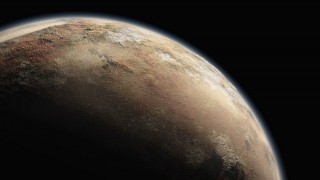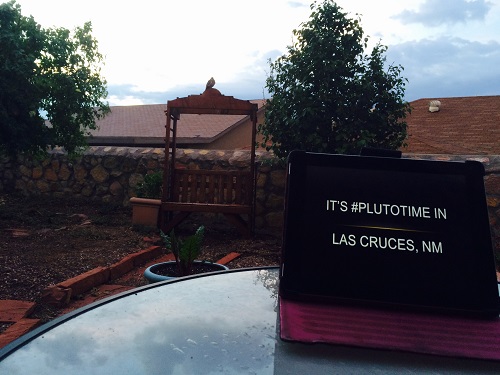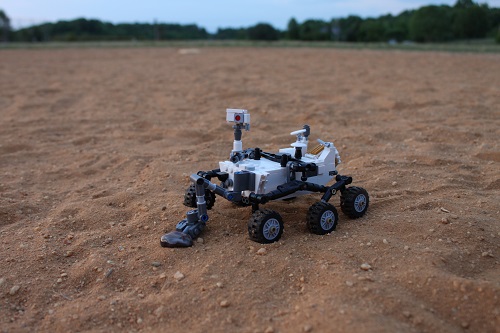
A NASA tool has recently been released showcasing “Pluto Time” to its visitors. The new website shows fans - who will never get the opportunity to step onto Pluto’s cold, inhospitable surface - the time on Earth when the illumination of the two celestial bodies corresponds.
Situated some three billion miles away from our planet, Pluto receives much lower light intensity than Earth. However, the massive dwarf planet is not suspended in utter darkness. Indeed, around dusk and dawn, Earth’s illumination matches that of Pluto’s noon time - a fleeting moment that NASA researchers have dubbed “Pluto Time.”
NASA has even invited people across the globe to take pictures of their “local Pluto Time” and upload them on social networks:
“It’s always Pluto Time somewhere, and NASA wants to see your view. Take a picture during your local Pluto Time, and share it to social media with the tag #PlutoTime. We’ll highlight some of the most interesting shots from around the world,” the space agency explains on its website.
Meanwhile, New Horizons is set to slingshot around Pluto in mid-July of this year. Launched as part of the New Frontiers Program, the NASA space probe will explore Pluto in unprecedented detail, providing scientists with invaluable data of its geological activity, morphology and chemical composition.
Those interested can see the burgeoning collection of #PlutoTime photos on Flickr.



